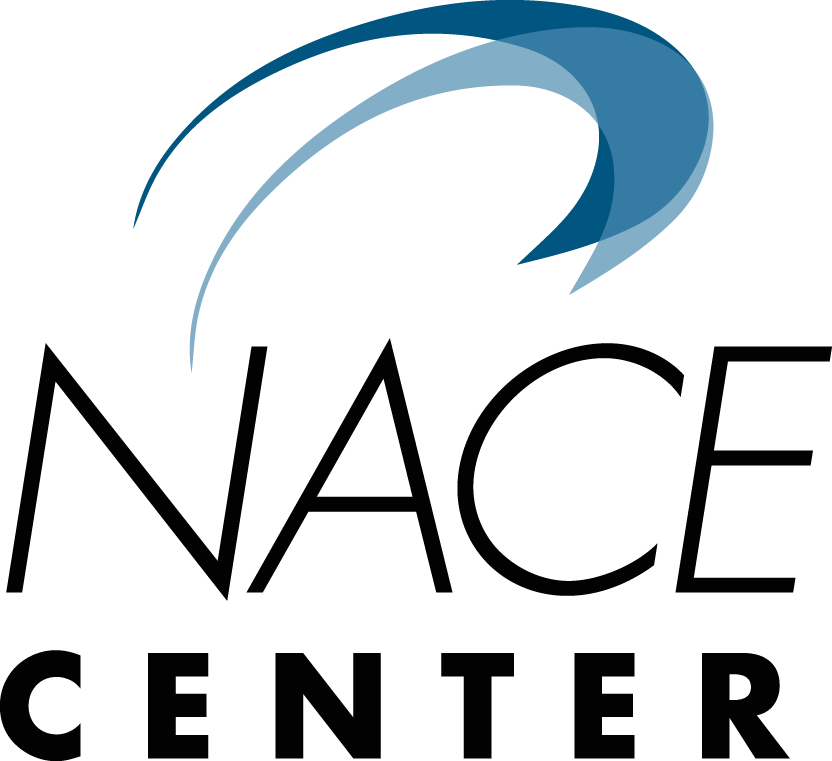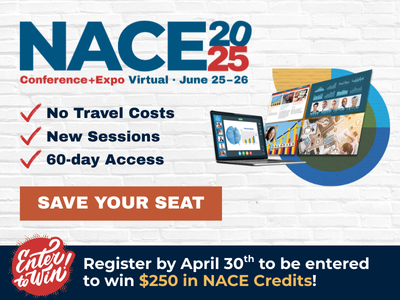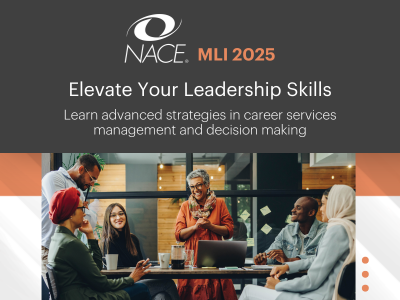The University at Buffalo’s Career Design Center has put an emphasis on maximizing available technology tools that can improve operations and better meet the needs of students and employers.
To do this, Arlene Kaukus reimagined a leadership position for strategic tech planning and will be hiring a technologist to operationalize and optimize the Career Design Center’s and student life’s use of technology tools.
“There are a couple of drivers around this: accessibility and scalability,” says Kaukus, Career Design Center director.
“First and foremost, our vision is that we must work to ensure accessibility for all students. To provide access to all, we must scale our services sufficiently to reach everyone when they need our help and assistance.”
How could the Career Design Center realistically provide greater access to and ensure scalability for the services it provides? Kaukus saw the university make a growing investment in technology tools, which offered a solution. However, that led her to seek the answer to another question: Are we evaluating and optimizing the features and benefits of those tools to use them at their full capacity and attain more positive outcomes for our students?
For its part, the Career Design Center supplements its career management system with tools that address interviews, mock interviews, the needs of international students, student learning, communication, and more. In all, Kaukus estimates the center uses 15 technology tools.
“Our strategy has been to look at the emerging ed tech tools to determine if any have features and benefits that meet some of the pressing needs of our students and business partners,” Kaukus notes.
“If we don't have something in our toolbox to respond to that need or problem, then we go after it in earnest to see if it aligns with our needs and can fill that void. Fifteen tools are a lot to manage and, more importantly, to weave together into a fabric of support. Career development work is enhanced when such tools are integrated into our work with students. Educational technology becomes an integral part of the strategy in serving students. The implications, of course, are those of cost and human resource/personnel.”
Approximately three years ago, Kaukus created the senior leadership position to focus on technology and help the Career Design Center achieve greater access and ensure scalability of services. However, COVID-19 hit and operations and connections went remote, requiring a greater reliance on tech tools and revealing greater need in this area.
“It became apparent that we didn't have enough bandwidth inside our department to both maintain and optimize the use of the tools by simply having a person at the leadership level who owns the strategic vision for integrating technology into everything we do,” Kaukus says.
“There are maintenance issues every day, and each company introduces modifications and updates to its product. To account for this, we developed a ‘super-user strategy,’ which ensured that every tool had somebody assigned to it who stays on top of its new features and benefits, and designs something akin to a strategic plan for its use.”
These “super-users” are career coaches, marketing staff, and others from all functional areas in the Career Design Center; they are not “technology people.” Super-users use the center’s “Discovery Board,” a visual tool created by Jenna Hubbard, brand and experience strategy lead, to develop their technology tool’s strategic plan through prompts about target audience, needs addressed, collaborators, measurable goals, and more.
“The leadership team reviews these strategies in the composite to see if we're making progress or if we should sunset some tools because they're just not meeting our needs,” Kaukus explains.
“But even with a senior person and all our super-users, we still had a void with day-to-day maintenance and contract and procurement work for our tech tools. I realized we needed a technologist who would handle the very critical work of making sure the tools we have are actually being used; our customers’ problems are being addressed; and, when needed, vendor modifications to the tool are being implemented and understood. The senior leadership person had their role, as did the super-users, and we still had needs. We have invested a good deal in tools over the past three years and we have found them to be great investments, but they're only as good as they're used.”
The technologist position—which has yet to be posted—is evolving. Kaukus has been building this capacity in the Career Design Center, but higher ed—particularly through the pandemic—has a greater appreciation for the importance and value of tech tools.
“I have been talking to my senior leadership in the division about the fact that the Career Design Center, but probably all the other units in student life, need to be thinking about how we manage technology strategically at a divisional level,” Kaukus explains.
This conversation includes whether each unit should build its own capacity or if a centralized approach is more beneficial. Right now, Kaukus notes, the technologist position that the University at Buffalo will be posting will be a divisional hire with a substantial portion of work time devoted to career development.
She says that these tech-focused positions help ensure the tools are cost effective for the Career Design Center and student life.
“These positions address the cost point because they actually are responsible for monitoring whether or not there’s a return on our investment,” Kaukus says.
“We’re buying tools that cost thousands and thousands of dollars for renewals and we're putting all this time and talent into implementing them. We buy them on the promise that they are going to positively impact student success. If someone is not tracking and monitoring the return on our investment, then we're just spending a whole lot of money on something that may not be having an impact.”
The technologist will monitor the tech tools and conduct critical assessments about their value and impact, rather than to just renew the contract to maintain the status quo. This is work that may not have received enough attention previously.
“Not everyone embraces data and tech,” she notes.
“Now, data and tech are such integral parts of our jobs that we’re trying to create a culture shift where every staff person who we hire will have in their job description a portion of their work time devoted to technology and another portion allocated to data to drive home this cultural change. Someone may love coaching students, but in this day and age, you can’t do that without recognizing the importance of data and technology and using them in your work. It’s an absolute necessity.”
Kaukus says that by creating a leadership-level role responsible for technology strategy, she didn’t want Career Design Center staff to feel as though technology was no longer their responsibility.
“I needed to communicate that this is strategic and staff will continue to be actively involved, which is why we ramped up the super-user strategy and the use of the discovery board,” she says.
“While we did bring in someone to think strategically and holistically about technology, that doesn’t change the need for staff to be involved with it. I think it’s absolutely imperative that everyone in a career office is thinking about data and technology.”
However, in her work creating and implementing these positions, Kaukus found that she needed to be careful with her communications.
“Quite frankly, I’m still learning this, but oftentimes the language you use becomes critically important to driving the change you are looking for,” she explains.
“I have found in my conversations with people not necessarily in my department that I had to be careful when I said ‘technology’ because their interpretation of what that means may be different from what I’m trying to communicate. I have found myself saying things like, ‘I don’t mean the laptops and computer screens; I mean the tools and the integration of the tools into accomplishing the mission and having an impact on students.’”
However, there is no misunderstanding of the Career Design Center’s goal. In this time of rapidly accelerating development of tech tools, having staff dedicated to the creation and implementation of a technology strategy and to the maintenance, optimization, and assessment of tech tools for their return on investment will help the Career Design Center to better serve students and employers and support students’ successful outcomes.
“We have learned that maximizing the power of technology tools requires a level of specialized skills and competencies, including creativity, innovative thinking, ability to see how a tool can be applied to address an unmet need of students, project management, and a willingness and interest to try new things,” Kaukus says.
“Technology is nothing more than a tool; what is important is how it is integrated into serving our students.”







